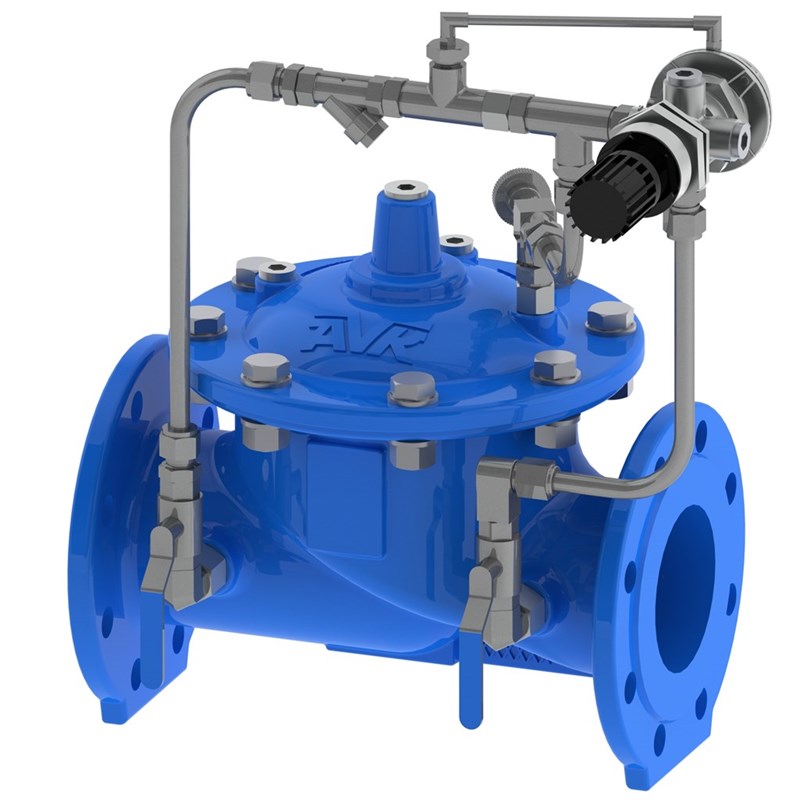Comprehending the Value of Control Valves in Process Automation
Comprehending the Value of Control Valves in Process Automation
Blog Article

Maximize Power Savings and Convenience With Advanced Structure Automation Controls
In the world of modern style and facility administration, the integration of advanced structure automation controls stands as a pivotal improvement. By utilizing the power of automation, structures can adjust, react, and advance in ways that were as soon as inconceivable.
Power Effectiveness Conveniences
Power efficiency benefits can dramatically decrease power usage and operational costs in structures. By executing energy-efficient methods and technologies, structure owners and operators can achieve significant financial savings while likewise adding to ecological sustainability. One of the main advantages of enhancing power effectiveness in buildings is the reduction of utility expenses. Energy-efficient systems, such as sophisticated structure automation controls, can optimize the use of sources like lights, air conditioning, and heating, resulting in reduced energy expenditures gradually.
In addition, boosted energy performance can lengthen the life expectancy of building devices and systems. By running much more efficiently, a/c systems, lighting fixture, and other building elements experience less deterioration, leading to decreased upkeep and substitute costs. Furthermore, energy-efficient buildings frequently regulate higher building worths and rental prices, giving long-lasting economic advantages to owners.
Additionally, energy performance can boost passenger comfort and efficiency. Properly controlled interior settings with optimum illumination and thermal conditions produce a more conducive and pleasant work area, bring about boosted staff member contentment and performance. Overall, the power performance advantages related to sophisticated building automation controls are multifaceted, incorporating expense financial savings, environmental stewardship, and owner wellness.
Improved Convenience Control
Enhancing comfort control in structure environments calls for an advanced combination of innovative automation systems for optimal resident wellness. By utilizing sophisticated building automation controls, facilities can tailor the indoor setting to meet the particular demands and preferences of residents. control valves.
By including these sophisticated controls, buildings can not only enhance convenience yet additionally boost energy performance by enhancing system operations based on real tenancy and usage patterns. Ultimately, focusing on owner convenience with advanced automation systems leads to an extra pleasurable and healthier interior setting.
Functional Effectiveness Improvements

Moreover, click for source the implementation of real-time surveillance and analytics tools makes it possible for building drivers to determine power inadequacies and functional anomalies quickly. By continuously monitoring energy usage patterns and system efficiency metrics, modifications can be made in real-time to enhance power usage and guarantee peak operational efficiency. control valves. In addition, including demand reaction strategies into building automation controls can even more enhance functional effectiveness by dynamically readjusting energy usage based upon grid conditions and pricing signals
Indoor Climate Optimization
Reliable interior environment optimization is an essential aspect of building automation controls, making sure passengers' comfort and health while optimizing power financial savings. By using innovative sensors and controls, constructing automation systems can continuously keep track of and readjust temperature, humidity levels, air high quality, and ventilation to create an optimum interior atmosphere. Keeping consistent and comfortable problems not just improves occupant fulfillment but additionally increases efficiency and overall wellness.
Interior climate optimization additionally plays an essential role in energy efficiency. By fine-tuning home heating, cooling, and air flow systems based on real-time data and occupancy patterns, developing automation controls can considerably reduce power consumption - control valves. Carrying out methods such as demand-controlled ventilation and thermal zoning can assist decrease energy waste while guaranteeing that each location of the structure receives the required conditioning.

Sustainable Setting Development
Building automation manages not just maximize indoor climate problems for energy performance and owner convenience yet additionally lay the structure for creating a lasting setting via calculated administration of systems and sources. By incorporating innovative building automation technologies, such as sensing units, actuators, and smart software application, centers can check and readjust power usage in real-time to decrease waste and reduce their carbon footprint. These systems make it possible for anticipating upkeep, identifying prospective concerns prior to they intensify and enhancing equipment efficiency to improve durability and performance.
Moreover, lasting atmosphere creation prolongs beyond energy monitoring to encompass water preservation, helpful resources waste decrease, and interior air top quality renovation. Building automation controls can manage water use, find leakages, and make certain proper garbage disposal methods, adding to overall sustainability initiatives. In addition, by regulating and checking air flow and filtering systems, these innovations enhance occupant health and productivity while lowering energy consumption connected with a/c operations.
Verdict
In conclusion, advanced structure automation controls offer significant advantages in regards to energy financial savings, convenience control, functional performance, indoor climate optimization, and creating a lasting atmosphere. By executing these controls, structures can attain useful link optimal efficiency while reducing power consumption and boosting resident comfort. It appears that using innovative automation technology is critical in boosting building efficiency and developing a much more sustainable future.
Power performance benefits can considerably decrease power consumption and functional costs in structures. On the whole, the energy effectiveness advantages associated with sophisticated structure automation controls are complex, including expense financial savings, environmental stewardship, and occupant health.
Additionally, including demand feedback strategies right into building automation controls can even more improve functional effectiveness by dynamically adjusting power use based on grid conditions and pricing signals.
Structure automation manages not just optimize interior climate problems for energy efficiency and occupant convenience but also lay the foundation for producing a sustainable environment with strategic management of systems and sources.In verdict, progressed building automation manages deal substantial advantages in terms of power cost savings, convenience control, functional efficiency, indoor climate optimization, and producing a lasting setting.
Report this page